Strength
Strength is the ability of an object or material to withstand an applied force without breaking or deforming. It is an important concept in the field of physics and engineering, and it plays a crucial role in various aspects of our daily lives.
Types of Strength
There are several different types of strength:
- Tensile Strength: This is the ability of a material to resist breaking under tension. It is crucial in applications such as building structures and bridges.
- Compressive Strength: This is the ability of a material to withstand pushing or squeezing forces without being crushed. It is important in the design of columns and pillars.
- Shear Strength: This is the ability of a material to resist forces that cause sliding or tearing. It is significant in the construction of beams and bolts.
- Flexural Strength: This is the ability of a material to resist bending. It is essential in the design of beams and other structural elements.
- Torsional Strength: This is the ability of a material to resist twisting forces. It is important in the design of shafts and axles.
Factors Affecting Strength
The strength of a material can be influenced by various factors, including:
- Material Composition: Different materials have different inherent strengths based on their atomic and molecular structure.
- Temperature: The strength of many materials can change with temperature, often decreasing at higher temperatures.
- Processing and Treatment: The way a material is processed and treated can significantly affect its strength. For example, heat treatment can improve the strength of certain metals.
- Size and Shape: The size and shape of an object can impact its strength. For instance, a longer beam is more likely to bend under a given load than a shorter one.
Study Guide
To understand the concept of strength, students should focus on the following key points:
- Define strength and explain its importance in everyday life.
- Identify and describe the different types of strength, including tensile, compressive, shear, flexural, and torsional strength.
- Understand the factors that can affect the strength of a material, such as composition, temperature, processing, and size/shape.
- Explore real-world examples of strength in action, such as the design of buildings, bridges, and other structures.
By mastering these concepts, students can gain a deeper understanding of the role of strength in the physical world and its significance in various engineering and construction applications.
.◂Science Worksheets and Study Guides Third Grade. Science in our world - 3rd gr.
Study Guide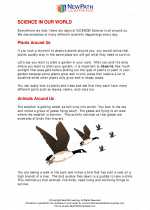 Science in our world - 3rd gr.
Science in our world - 3rd gr.  Worksheet/Answer key
Worksheet/Answer key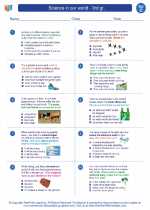 Science in our world - 3rd gr.
Science in our world - 3rd gr.  Worksheet/Answer key
Worksheet/Answer key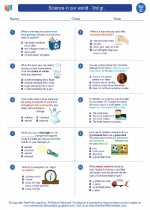 Science in our world - 3rd gr.
Science in our world - 3rd gr.  Worksheet/Answer key
Worksheet/Answer key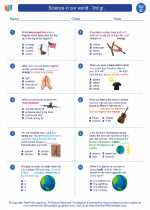 Science in our world - 3rd gr.
Science in our world - 3rd gr.  Worksheet/Answer key
Worksheet/Answer key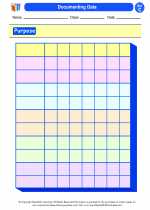 Documenting Data
Documenting Data 

 Worksheet/Answer key
Worksheet/Answer key
 Worksheet/Answer key
Worksheet/Answer key
 Worksheet/Answer key
Worksheet/Answer key
 Worksheet/Answer key
Worksheet/Answer key

The resources above cover the following skills:
History and Nature of Science: A student should understand the history and nature of science. A student who meets the content standard should:
Develop an understanding that historical perspectives of scientific explanations demonstrate that scientific knowledge changes over time, building on prior knowledge.
Develop an understanding that scientific knowledge is ongoing and subject to change as new evidence becomes available through experimental and/or observational confirmation(s).